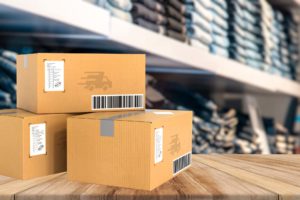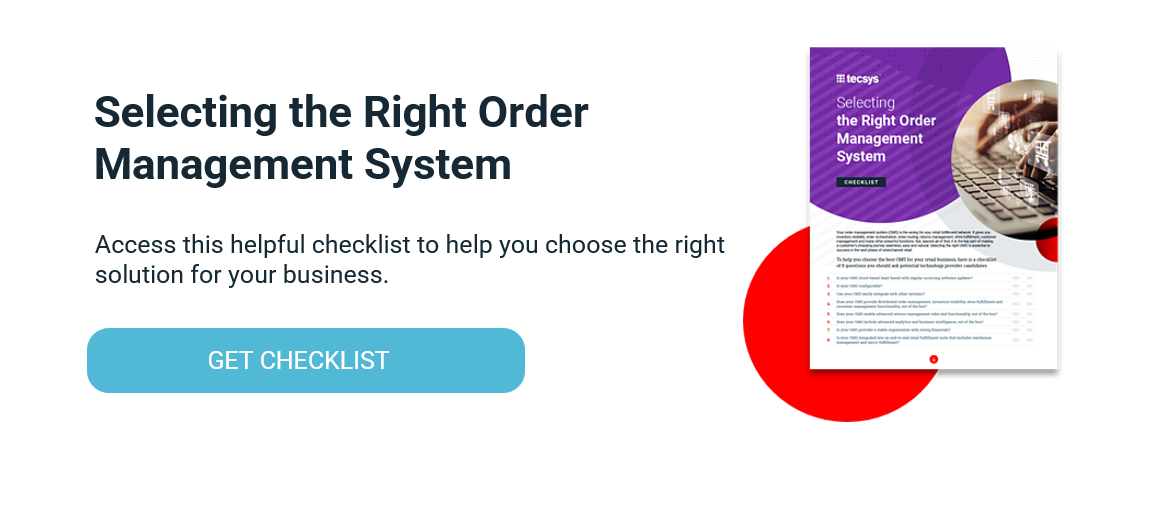How to Ship-From-Store – the Right Strategy

Editor’s Note: This post was originally published in November 2018 and has been updated for freshness, accuracy and comprehensiveness.
Ship-from-store is a fulfillment concept where stores can be used as fulfillment centers. Since retail stores are closer to most customers than the typical warehouse, last mile costs are reduced. In addition, an intelligently applied ship-from-store strategy uses a merchant’s entire set of assets, which include stores, associates and the stock found in the stores themselves.
Done well, it improves the retailer’s impact by using their entire asset base. Done poorly, it can erode margins. Add to this a poor customer experience and you can end up with a negative impact.
For an effective ship-from-store strategy, consider the following:
Intelligent Routing and Inventory Visibility
To get the ship-from-store model right, you will need good order management technology with inventory visibility and intelligent order routing. With full stock visibility, your order management system (OMS) can take inventory from all your fulfillment locations into account. The intelligent order routing system then uses business rules you set up to choose the best location to fulfill the order from.
In-Store Pick and Pack
Having an effective pick, pack and ship application is important for fulfillment efficiency and accuracy. The in-store application should be able to provide employees with optimized picking routes. This is particularly important for larger retailers and big-box stores.
Split Shipments and Order Consolidation
A recurring challenge with a ship-from-store strategy is split shipments, which are problematic because last mile shipping costs are high. Plus, consumers prefer to receive their online orders at one time and in one package. At times, split shipments can make sense to get partial orders to customers who need them ASAP. However, most of the time, consolidating orders into single shipments (even if it requires a small delay) is the better choice due to convenience, cost and efficiency.
There are two models for handling order consolidation. If the optimal store location does not have all required stock, the order is fulfilled from the distribution center (DC). In this model, the efficiencies and savings gained from shipping from the store are lost. Another method would be for the OMS to identify the missing inventory and internally transfer them to the consolidating location (store). This is the optimal method but requires careful planning on the part of the retailer. When considering a store fulfillment technology, ensure it can easily switch between split shipments and order consolidation.
Shipping Rate Brokering
A final key part for a ship-from-store strategy with impact is shipping rate brokering (SRB). SRB is an OMS feature that selects the lowest cost shipping carrier for every delivery route. As an automated part of the fulfillment process, it makes sure every shipment is optimized. The best part is that once it is set up, this is an automatic process that requires no effort. It also lets you rest assured that you are constantly working to keep your shipping costs low.
Ship-From-Store Strategy – the Right Way
The right order management technology for ship-from-store should include pick pack capabilities, robust order routing and inventory visibility, order consolidations (at the store level), and SRB to keep your shipping costs contained. Ship-from-store is becoming an increasingly important strategy in omnichannel retail. However, it can bring additional complexity to your supply chain, so selecting the right technology partner is key.




